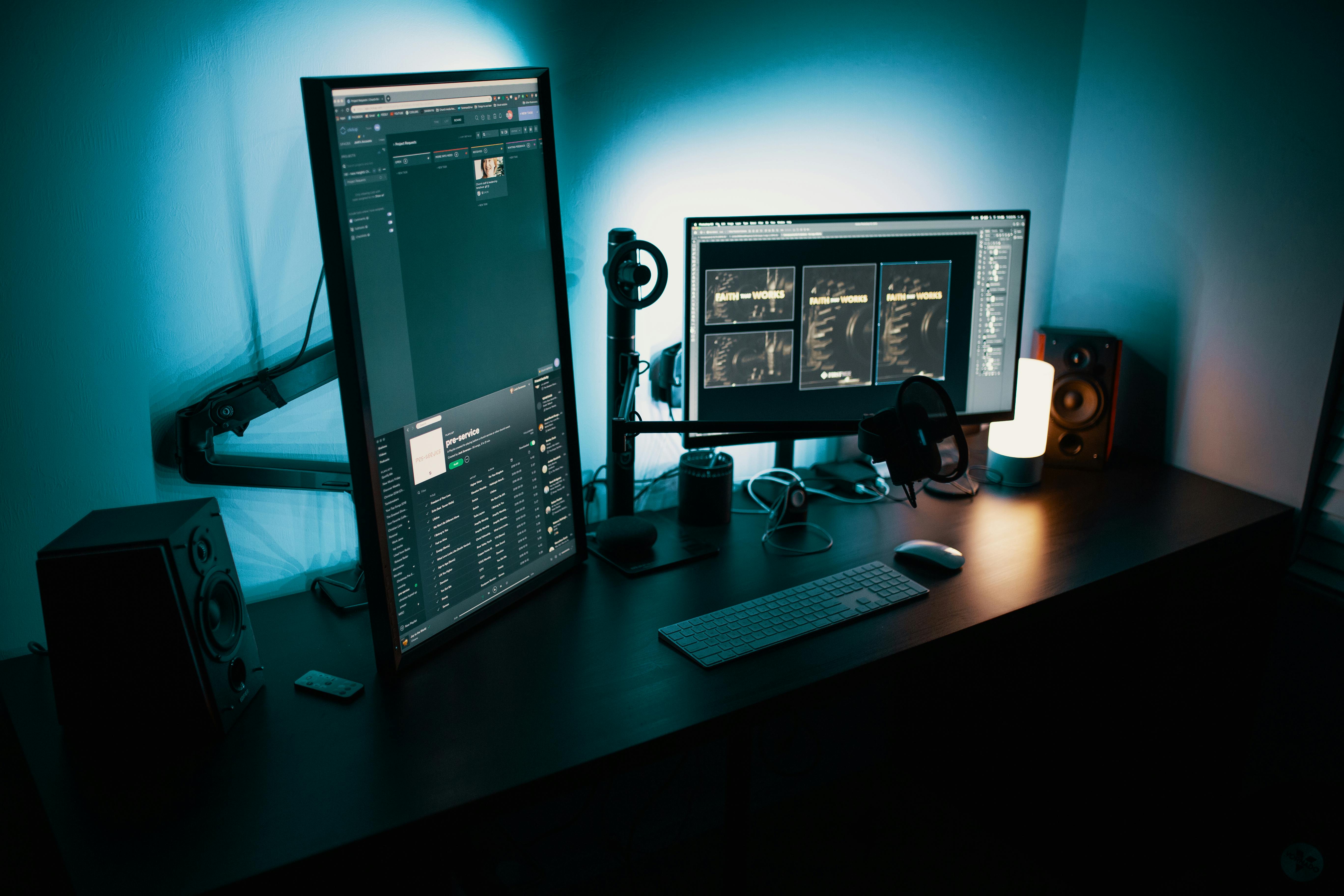Designing a Focused Remote Workspace to Minimize Distractions
Create a remote workspace that supports concentration and wellbeing by addressing layout, equipment, and routines. This teaser previews practical strategies to reduce interruptions, improve ergonomics, and maintain connectivity for hybrid and telecommuting arrangements.

Establishing a focused remote workspace requires more than a desk and laptop. Thoughtful attention to ergonomics, lighting, acoustics, connectivity, and routines helps reduce distractions and sustain productivity. Whether you’re fully remote, telecommuting part-time, or in a hybrid arrangement, small design choices and consistent scheduling can protect privacy, support wellbeing, and create a professional environment at home without excessive complexity.
remote and hybrid setup
Designing for remote and hybrid work starts with defining when and how the space will be used. Set clear scheduling boundaries that align with household rhythms and any hybrid days in the office. A dedicated workspace, even within a shared room, signals to others that you are on the clock. Use visible cues such as a lamp or a sign during focused blocks and plan short transition rituals before and after telecommuting hours to separate work time from personal time.
ergonomics and furniture
Comfortable furniture reduces physical distractions and supports long-term wellbeing. Choose an adjustable chair and a desk at the right height, or add an external keyboard and monitor for laptop setups to maintain neutral wrist and neck positions. Incorporate a footrest or standing option to vary posture. Prioritize furniture that fits the available space while supporting productivity: an ergonomic chair, a monitor arm, and a compact storage unit can make a small workspace feel ordered and functional.
acoustics and privacy
Noise is a leading source of distraction for remote workers. Improve acoustics with rugs, curtains, and soft furnishings that absorb sound. Consider modular acoustic panels or a room divider to reduce echoes in open rooms. For privacy during meetings, choose a background that limits visual distractions and use headphones with noise cancellation to mask household sounds. Establishing household guidelines for quiet hours and respecting scheduling helps preserve focus for everyone.
lighting and wellbeing
Natural light supports alertness and mood; orient your desk near windows where possible and supplement with task lighting to reduce eye strain. Avoid strong glare on screens by positioning monitors perpendicular to windows and using adjustable blinds. Color temperature matters: cooler, higher-lumen lights work best for focused tasks, while warmer tones can help during end-of-day wind-down. Attention to lighting supports both productivity and personal wellbeing during long telecommuting periods.
zoning and organization
Zoning creates functional areas within limited space—work, storage, and break zones—even if they are only visual distinctions. Use shelving, plants, or rugs to define zones and keep essential items organized for quick access. Implement an organization system for documents and cables to reduce visual clutter; labeled containers and a simple filing routine prevent small tasks from becoming distractions. Scheduling regular tidying sessions keeps the workspace ready for focused work and video calls.
connectivity, cybersecurity, and automation
Reliable connectivity underpins effective remote work: prioritize a stable internet plan and a wired connection for critical tasks if possible. Maintain basic cybersecurity practices—use strong, unique passwords, enable multi-factor authentication, and keep software updated—to protect privacy and work data. Automation can reduce repetitive distractions: use calendar integrations for scheduling, set status messages during focus windows, and create templates for common communications to streamline work and minimize interruptions.
Conclusion A focused remote workspace balances functional design, technology, and personal routines. By combining ergonomic furniture, intentional lighting, acoustic treatments, clear zoning, reliable connectivity, and practical scheduling, you can reduce distractions and support sustained productivity in remote, hybrid, or telecommuting arrangements. Regularly review what works in your space and adjust elements—furniture, organization systems, or automation—so the environment evolves with your work needs.





